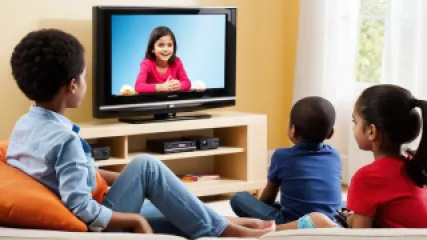Overcoming Retirement Anxiety: A Step-by-Step Guide
for 1 år siden
Pensionsangst
Exploring the Impact of Media Exposure on Child Mental Health: An Exclusive Interview
for 1 år siden
Børns Medieeksponering
Effective Strategies for Virtual Conflict Resolution Therapy
for 1 år siden
Navigering i Relationskonflikter
Exploring the Advantages of Volunteer Work: A Research Summary
for 1 år siden
Fordele ved Frivilligt Arbejde
Choosing the Right Colors for Your Home: A Step-by-Step Guide
for 1 år siden
Farvepsykologi i Interiør
Breaking Free: My Journey to Overcome Creative Blocks
for 1 år siden
Overvinde Kreative Blokeringer
Lessons in Resilience: Finding Support After Disappointment
for 1 år siden
Håndtering af Skuffelse
Coping with Depression in Elderly: My Journey to Finding Hope
for 1 år siden
Depression hos Ældre
My Journey with Stress-Relieving Exercises
for 1 år siden
Afspændingsteknikker
Top 10 Tips for Managing Child Media Exposure in the Digital Age
for 1 år siden
Børns Medieeksponering
How to Access Remote Mental Health Support: A Step-by-Step Guide
for 1 år siden
Rådgivningstjenester
Creating Harmonious Color Palettes for Emotional Well-Being in Interior Design
for 1 år siden
Farvepsykologi i Interiør
Transforming My Life Through Mindful Listening
for 1 år siden
Fordele ved Bevidst Lytning
Exploring Relationship Diversity: An Interview Feature
for 1 år siden
Relationsdiversitet
Why Online Conflict Resolution Services Are Essential for Navigating Relationship Conflicts
for 1 år siden
Navigering i Relationskonflikter















